Contents
Guide
ALSO BY GRAHAM HANCOCK
Magicians of the Gods: The Forgotten Wisdom of Earths Lost Civilization
War God: Nights of the Witch
Entangled: The Eater of Souls
Supernatural: Meeting with the Ancient Teachers of Mankind
Talisman: Sacred Cities, Secret Faith
Underworld: The Mysterious Origins of Civilization
Heavens Mirror: Quest for the Lost Civilization
The Mars Mystery: A Tale of the End of Two Worlds
The Message of the Sphinx: A Quest for the Hidden Legacy of Mankind
Fingerprints of the Gods: The Evidence of Earths Lost Civilization
The Sign and the Seal: The Quest for the Lost Ark of the Covenant
AMERICA
BEFORE

The Key to Earths Lost Civilization
GRAHAM HANCOCK
ST. MARTINS PRESS  NEW YORK
NEW YORK
The author and publisher have provided this e-book to you for your personal use only. You may not make this e-book publicly available in any way. Copyright infringement is against the law. If you believe the copy of this e-book you are reading infringes on the authors copyright, please notify the publisher at: http://us.macmillanusa.com/piracy.
For Santha,
through many lives, past, present, and future, my soul mate always. Looking forward to more amazing adventures!
I HAVE IN MY SHELVES A renowned and much respected book titled History Begins at Sumer. The reference, of course, is to the famous high civilization of the Sumerians that began to take shape in Mesopotamiaroughly modern Iraq between the Tigris and Euphrates riversaround 6,000 years ago. Several centuries later, ancient Egypt, the very epitome of an elegant and sophisticated civilization of antiquity, became a unified state. Before bursting into full bloom, however, both Egypt and Sumer had long and mysterious prehistoric backgrounds in which many of the formative ideas of their historic periods were already present.
After the Sumerians and Egyptians followed an unbroken succession of Akkadians, Babylonians, Persians, Greeks, and Romans, and there were, moreover, the incredible achievements of ancient India and ancient China. It therefore became second nature for us to think of civilization as an Old World invention and not to associate it with the New World at all.
Besides, it was standard teaching in the nineteenth and twentieth centuries that the AmericasNorth, Central, and Southwere among the last great landmasses on earth to be inhabited by humans, that these humans were nomadic hunter-gatherers, that most of them subsequently remained hunter-gatherers, and that nothing much of great cultural significance began to happen there until relatively recently.
This teaching is deeply in error and as we near the end of the second decade of the twenty-first century, scholars are unanimous not only that it must be thrown out but also that an entirely new paradigm of the prehistory of the Americas is called for. Such momentous shifts in science dont occur without good reason and the reason in this case, very simply, is that a mass of compelling new evidence has come to light that completely contradicts and refutes the previous paradigm.
Everyone has and does their own thing, and my own thing, over more than quarter of a century of travels and research, has been a quest for a lost civilization of remote prehistoryan advanced civilization utterly destroyed at the end of the Ice Age and somewhat akin to fabled Atlantis.
Plato, in the oldest-surviving written source of the Atlantis tradition, describes it as an island larger than Libya and Asia put together As the solid evidence that archaeologists had gotten Americas Ice Age prehistory badly wrong began to accumulate in folders on my desktop, however, and with new research reports continuing to pour in, I couldnt help but reflect on the significance of the location favored by Plato. I had considered other possibilities, as readers of my previous books know, but I had to admit that an immense island lying far to the west of Europe across the Atlantic Ocean does sound a lot like America.
I therefore decided to reopen this cold case. I would begin by gathering together the most important strands of the new evidence from the Americas. I would set these strands in order. And then I would investigate them thoroughly to see if there might be a big picture hidden among the details scattered across thousands of scientific papers in fields varying from archaeology to genetics, astronomy to climatology, agronomy to ethnology, and geology to paleontology.
It was already clear that the prehistory of the Americas was going to have to be rewritten; even the mainstream scientists were in general agreement on that. But could there be more?
This book tells the story of what I found.


The first survey map of Serpent Mound, made by Ephraim Squier and Edwin H. Davis in 1846 and published by the Smithsonian Institution in 1848, described the mound as the most extraordinary earthwork thus far discovered in the West.
ARCHAEOLOGY TEACHES US THAT THE vast, inviting, resource-rich continents of North and South America were among the very last places on earth to have been inhabited by human beings. Only a handful of remote islands were settled later.
This is the orthodoxy, but it is crumbling under an onslaught of compelling new evidence revealed by new technologies, notably the effective sequencing of ancient DNA. The result is that many of the most fundamental facts of American archaeology, many of the ground truths upon which the theories and the careers of its great men and women were built in the nineteenth and twentieth centuries, now stand exposed as fallacies.
Far from being very recent, it is beginning to look as though the human presence in the Americas may be very oldperhaps more than 100,000 years older than has hitherto been believed.
This greatly extended time frame, taking us back deep into the Ice Age, has profound implications for how we view, interpret, and date all the monuments of the Americas built before the time of Columbus. The possibility that they might have an unrecognized prehistoric backstory can no longer be discounted. Moreover, the New World was physically, genetically, and culturally separated from the Old around 12,000 years ago when rising sea levels submerged the land bridge that formerly connected Siberia to Alaska. This separation remained total until just 500 years ago when genetic and cultural exchanges restarted during the European conquest. It follows, therefore, that any deep connections between the Americas and the Old World that are not the result of recent European influence and that cannot be attributed to coincidence must be more than 12,000 years old.
It was with all this in mind, on June 17, 2017, that I made my first visit to Serpent Mound, a national historic landmark in southern Ohio described as the finest surviving example of a prehistoric animal effigy mound in North America, and perhaps the world.

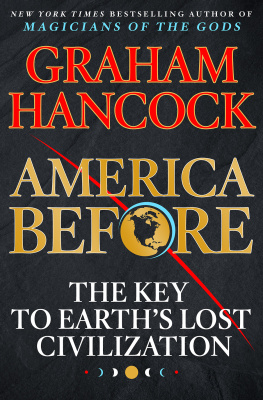
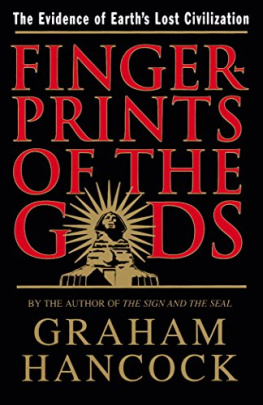

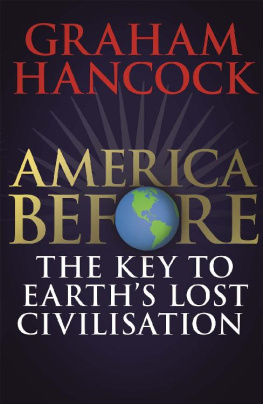
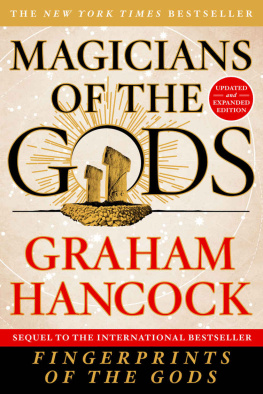
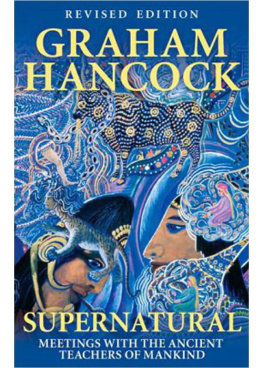
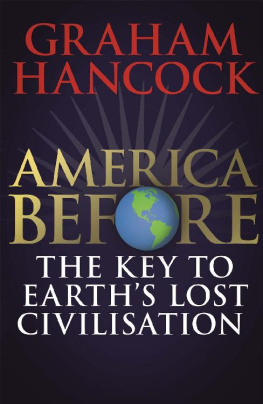

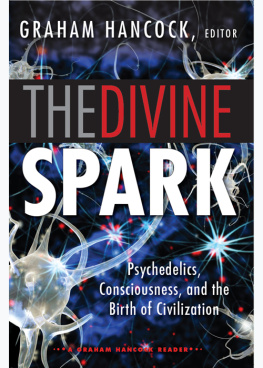



 NEW YORK
NEW YORK